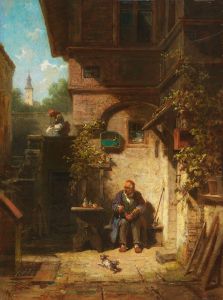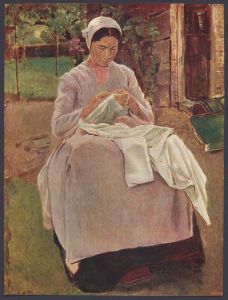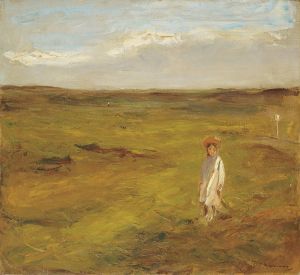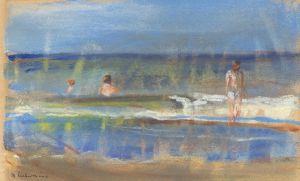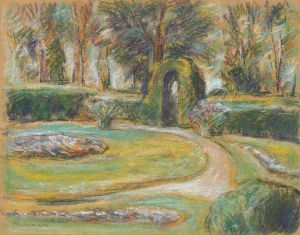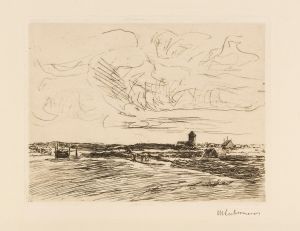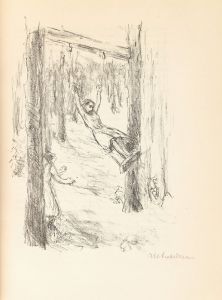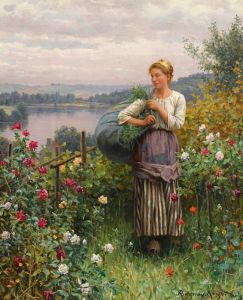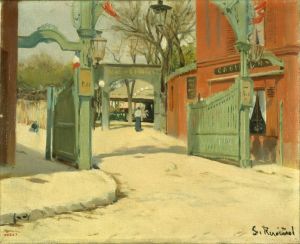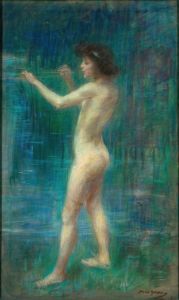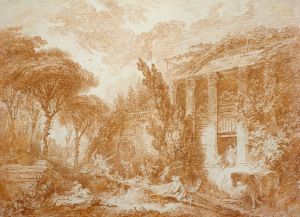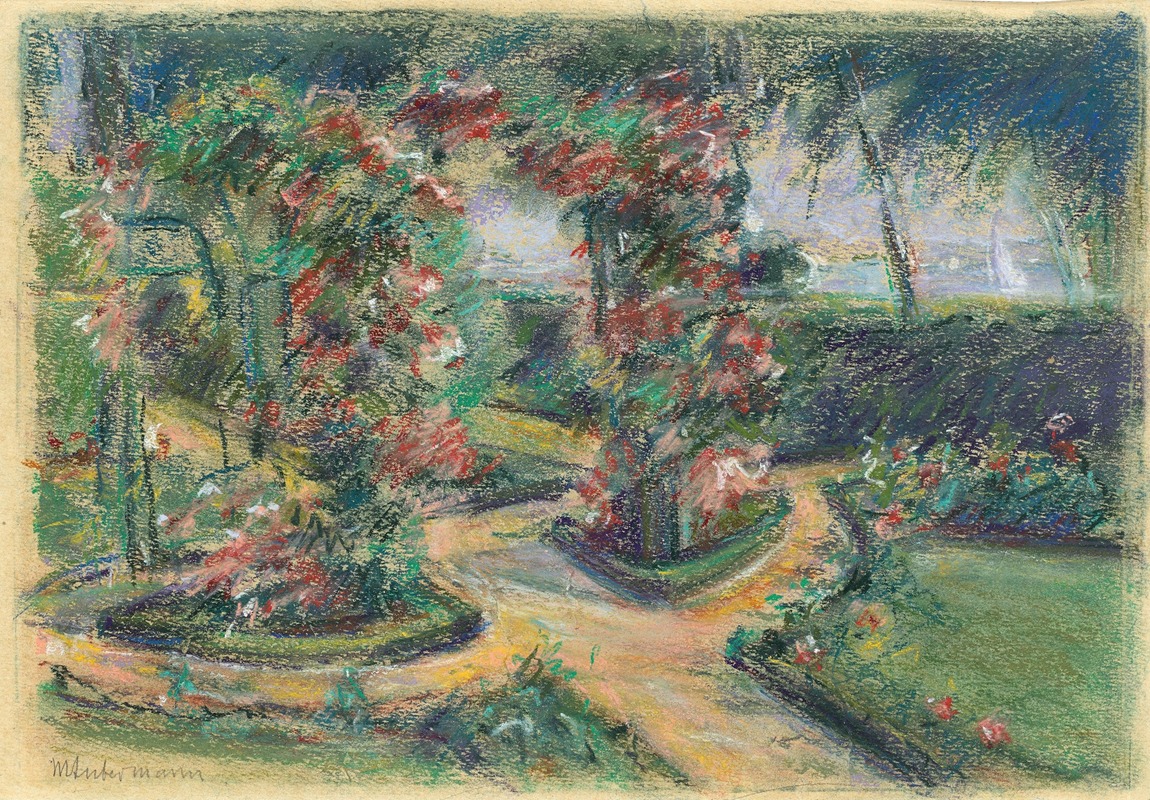
Der Rosengarten in Wannsee
A hand-painted replica of Max Liebermann’s masterpiece Der Rosengarten in Wannsee, meticulously crafted by professional artists to capture the true essence of the original. Each piece is created with museum-quality canvas and rare mineral pigments, carefully painted by experienced artists with delicate brushstrokes and rich, layered colors to perfectly recreate the texture of the original artwork. Unlike machine-printed reproductions, this hand-painted version brings the painting to life, infused with the artist’s emotions and skill in every stroke. Whether for personal collection or home decoration, it instantly elevates the artistic atmosphere of any space.
Max Liebermann's painting Der Rosengarten in Wannsee (The Rose Garden in Wannsee) is a notable work by the German Impressionist painter, created during the later years of his life. Liebermann (1847–1935) was one of the leading figures of German Impressionism and a key member of the Berlin Secession movement. His works often depicted scenes of everyday life, landscapes, and gardens, reflecting his interest in light, color, and natural beauty.
This painting is part of a series of works Liebermann created at his summer residence in Wannsee, a lakeside district in Berlin. Liebermann purchased the property in 1909 and commissioned the construction of a villa with a large garden. The garden, designed in collaboration with landscape architect Alfred Lichtwark, became a central subject of Liebermann's art during this period. The villa and its surroundings provided a tranquil retreat for the artist and served as a source of inspiration for many of his later works.
Der Rosengarten in Wannsee specifically captures the rose garden section of Liebermann's estate. The painting showcases the artist's mastery of light and color, with vibrant roses in full bloom set against the lush greenery of the garden. The composition emphasizes the interplay of sunlight and shadow, a hallmark of Impressionist technique. Liebermann's loose brushwork and attention to atmospheric effects convey a sense of serenity and intimacy, inviting viewers to immerse themselves in the idyllic setting.
The Wannsee villa and garden were deeply personal to Liebermann, reflecting his love of nature and his desire to create a harmonious space for both living and artistic creation. The rose garden, in particular, symbolized beauty and renewal, themes that resonated with the artist during a time of personal and political challenges in Germany.
Today, the Liebermann Villa in Wannsee has been preserved as a museum dedicated to the artist's life and work. Visitors can explore the restored garden, including the rose garden depicted in Der Rosengarten in Wannsee, and view a collection of Liebermann's paintings and drawings. The museum serves as a testament to Liebermann's artistic legacy and his connection to the natural world.
Der Rosengarten in Wannsee remains an enduring example of Liebermann's ability to capture the essence of his surroundings with sensitivity and skill. It reflects not only his technical expertise but also his deep appreciation for the beauty of everyday life.






